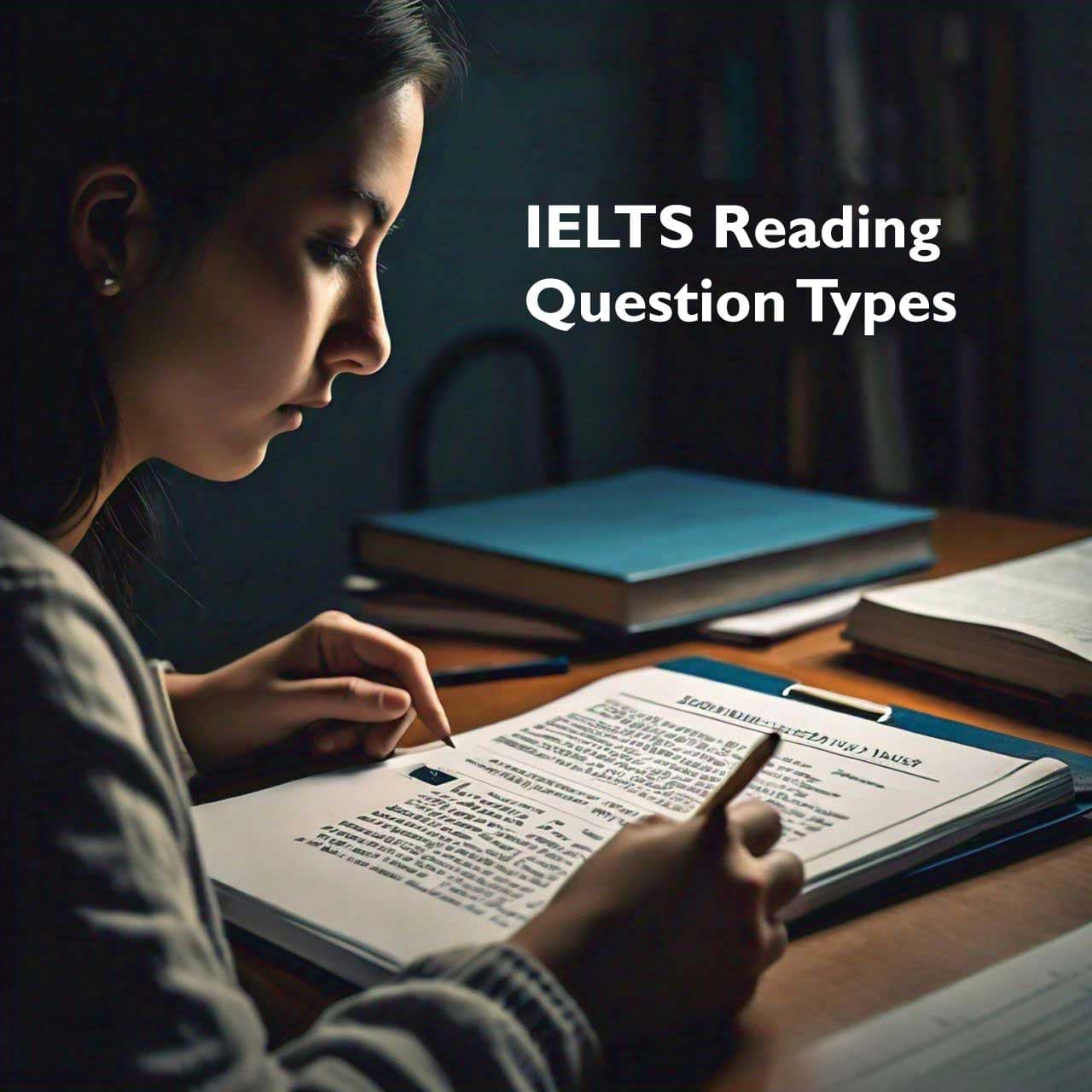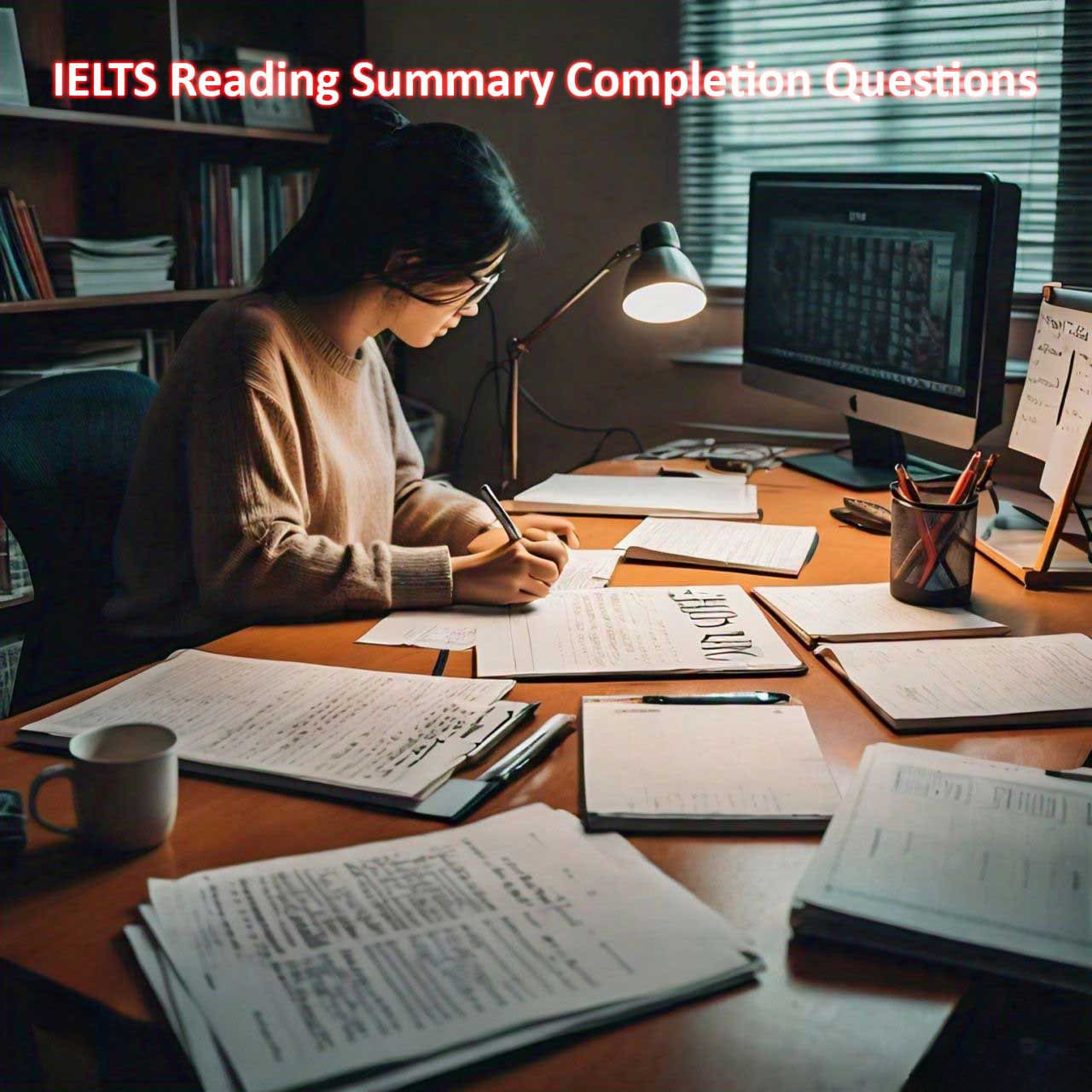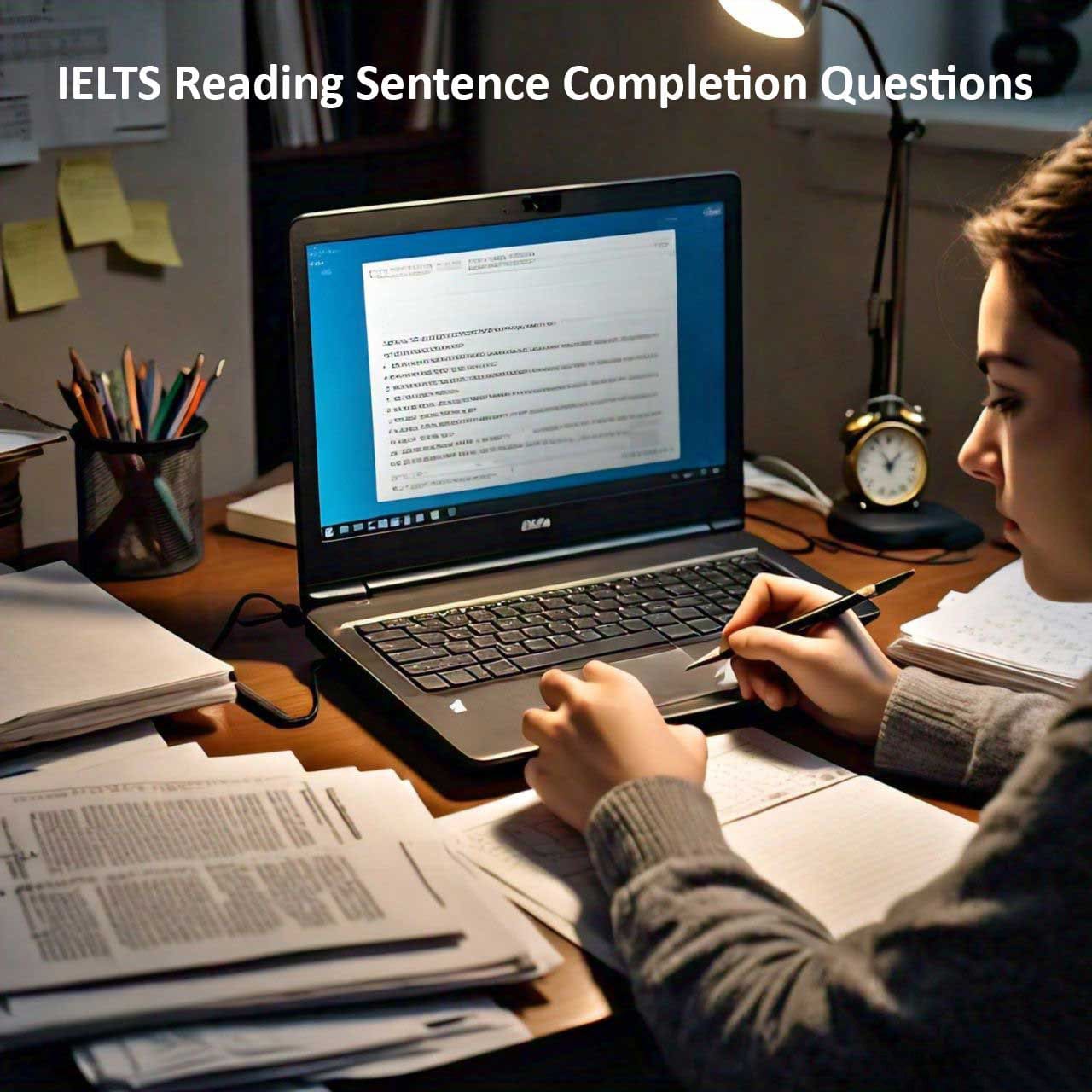The IELTS (International English Language Testing System) Reading section presents test-takers with a variety of question types designed to assess their comprehension skills and ability to navigate different types of texts. Understanding these question types and knowing how to approach each one can significantly enhance your performance on the exam. In this blog post, we’ll demystify the IELTS Reading question types, providing insights into what each type entails and offering strategies for tackling them effectively.
1. Multiple Choice Questions
What They Are: Multiple choice questions require you to choose the correct answer from several options provided.
Strategy: Read the question and all options carefully, paying attention to keywords and distractors. Eliminate obviously incorrect options and choose the one that best matches the information in the text.
2. True/False/Not Given Questions
What They Are: True/False/Not Given questions require you to determine whether statements provided in the question are true, false, or not given based on the information in the text.
Strategy: Focus on the specific information presented in the text. If the statement matches the information in the text and is supported by evidence, it’s true. If the statement contradicts the information in the text, it’s false. If there is no information in the text to support or contradict the statement, it’s not given.
3. Matching Headings/Information
What They Are: Matching headings/information questions require you to match a list of headings or pieces of information with sections of the text.
Strategy: Skim the text to get a sense of the main ideas in each paragraph or section. Then, match the headings or information provided with the appropriate sections based on their content and relevance.
4. Sentence Completion
What They Are: Sentence completion questions require you to complete sentences with information from the text.
Strategy: Read the sentence carefully and identify the keywords or clues that indicate what information is missing. Scan the text to find the relevant information and fill in the missing words or phrases.
5. Matching Paragraph Information
What They Are: Matching paragraph information questions require you to match a list of statements or descriptions with specific paragraphs or sections of the text.
Strategy: Skim the text to identify the main ideas or topics covered in each paragraph. Then, match the statements or descriptions with the paragraphs that contain the corresponding information.
6. Summary Completion
What They Are: Summary completion questions require you to complete a summary of the text using information from the passage.
Strategy: Read the summary carefully and identify the keywords or clues that indicate what information is missing. Scan the text to find the relevant information and fill in the missing words or phrases to complete the summary.
7. Matching Sentence Endings
What They Are: Matching sentence endings questions require you to match sentence endings (e.g., clauses or phrases) with the beginning of sentences provided in the text.
Strategy: Read the sentence beginnings and endings carefully, paying attention to keywords or clues that indicate the relationship between them. Match the sentence endings with the beginnings based on their content and logical connection.
Conclusion
Familiarizing yourself with the different question types in the IELTS Reading section and practicing strategies for approaching each type can greatly improve your performance on the exam. Remember to read the instructions and questions carefully, use skimming and scanning techniques to locate relevant information in the text, and manage your time effectively to ensure you can answer all questions within the allotted time. With practice and perseverance, you’ll develop the skills needed to navigate the diverse range of question types and achieve success on the IELTS Reading test.



